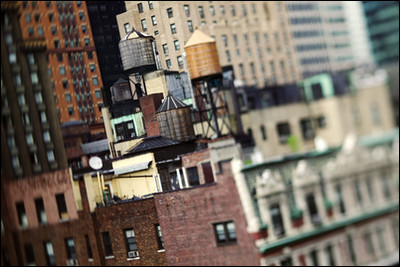That quote is from Ed McMahon, senior resident fellow on sustainable development at the Urban Land Institute, a nonprofit land use and real estate development research organization, who was talking about the recent geographic shift in home building from suburban to more urban areas.
In a recent report that looked at residential building permits in the nation’s 50 most populous metro regions from 1990 to 2007, the Environmental Protection Agency (EPA) found that around 15 surveyed regions saw the number of urban housing permits double with significant jumps in the last five years. New York, whose inner-city development accounted for around 15 percent in the early 1990s, now boasts about half of developmental construction. Urban core development now accounts for around 40 percent in residential building permits in the area, up from a mere seven percent in the early 1990s.
The EPA projects that demographic, environmental and economic factors have pushed this suburban to urban building trend. The EPA says that Baby Boomers and the post-Baby Boomer generation, the largest demographic groups with smaller families, are driving housing preferences like smaller homes and living spaces closer to workplaces. Concerns about commuting energy consumption is another reason EPA attributes to the increase in urban building permits. Finally, downsized consumer expectations in the wake of the current recession is another driver that EPA highlights.
“As home values have dropped in most markets, buyers are considering which options will have the most resale value,” said American Institute of Architects chief economist Kermit Baker. “Infill locations, with their convenient access to employers, retail, entertainment and public transit options, are proving to be appealing from both a livability and an investment perspective.”
Credit: Builder Online




























